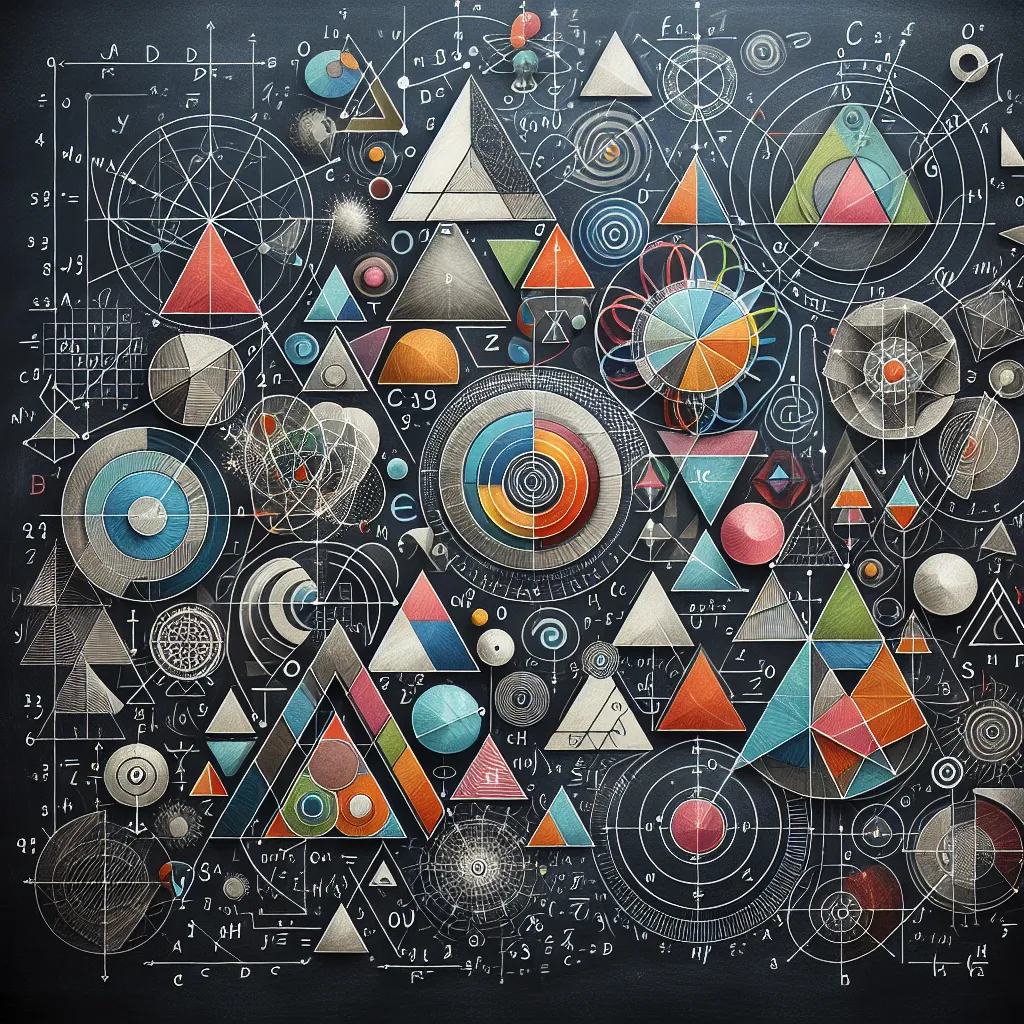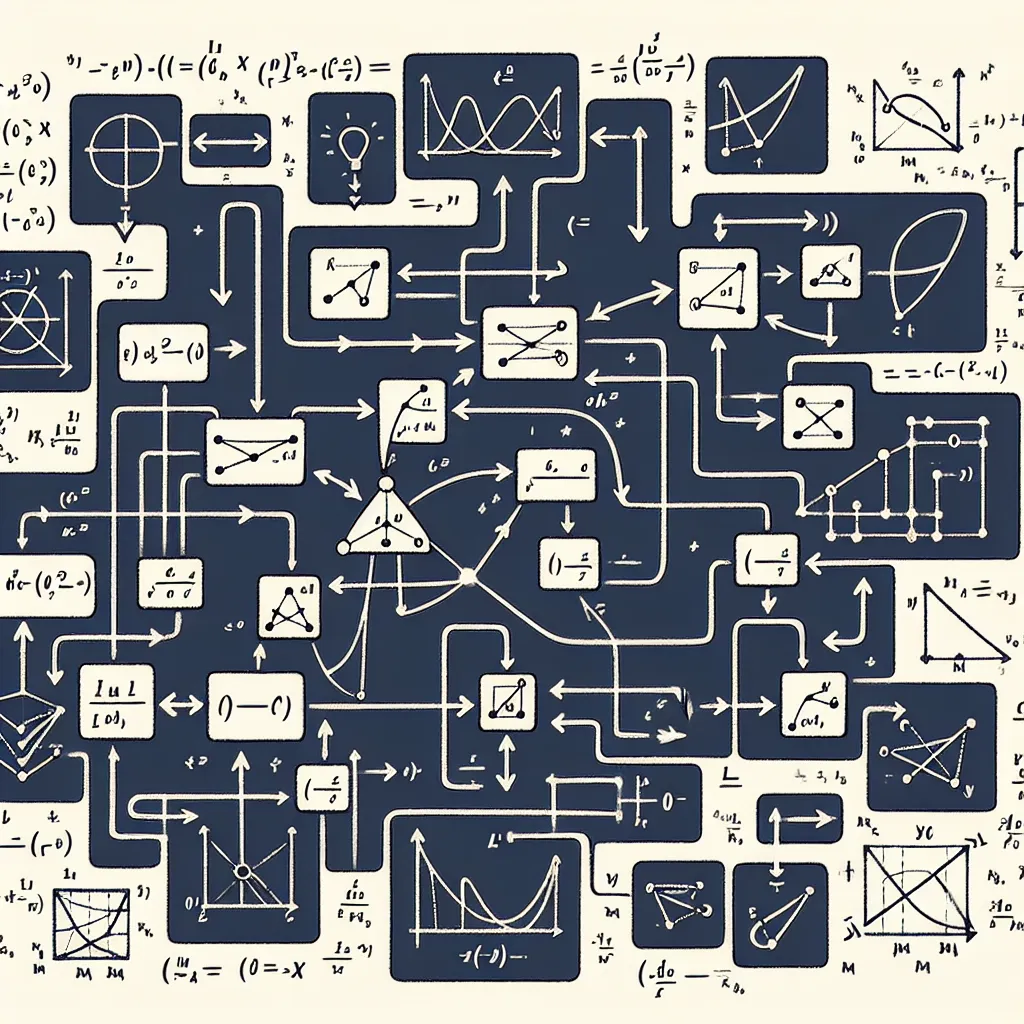Ask AI on The Internet
Geometry is a branch of mathematics that deals with the properties and relationships of points, lines, surfaces, and solids. It encompasses various concepts and theorems used to understand and analyze the shapes and sizes of objects as well as the space in which these objects exist. Some of the core concepts in geometry include: - **Points**: The most basic unit in geometry, representing a location without any size or dimension. - **Lines**: Extending infinitely in both directions, a line has length but no thickness. - **Line Segments**: Part of a line bounded by two endpoints, having measurable length. - **Rays**: A part of a line that starts at a point and extends infinitely in one direction. - **Angles**: Formed by two rays (or line segments) that share a common endpoint, measured in degrees or radians. - **Shapes**: Includes various two-dimensional (2D) figures like triangles, squares, and circles, as well as three-dimensional (3D) figures like cubes, spheres, and pyramids. Geometry can be divided into several sub-fields, each focusing on different types or aspects of shapes and spaces: - **Euclidean Geometry**: The study of plane and solid figures based on axioms and theorems formulated by the ancient Greek mathematician Euclid. - **Non-Euclidean Geometry**: Studies geometries that do not necessarily follow Euclid's postulates, such as spherical and hyperbolic geometry. - **Analytic Geometry**: Uses algebraic methods to solve geometric problems, often involving coordinate systems. - **Differential Geometry**: Uses techniques of calculus to study geometric problems. Geometry has numerous applications in fields such as art, engineering, physics, computer graphics, and architecture.
Think your answer is better than the AI's? Post it below.
If you want your question answered by an AI, click here.







Post your own comment: